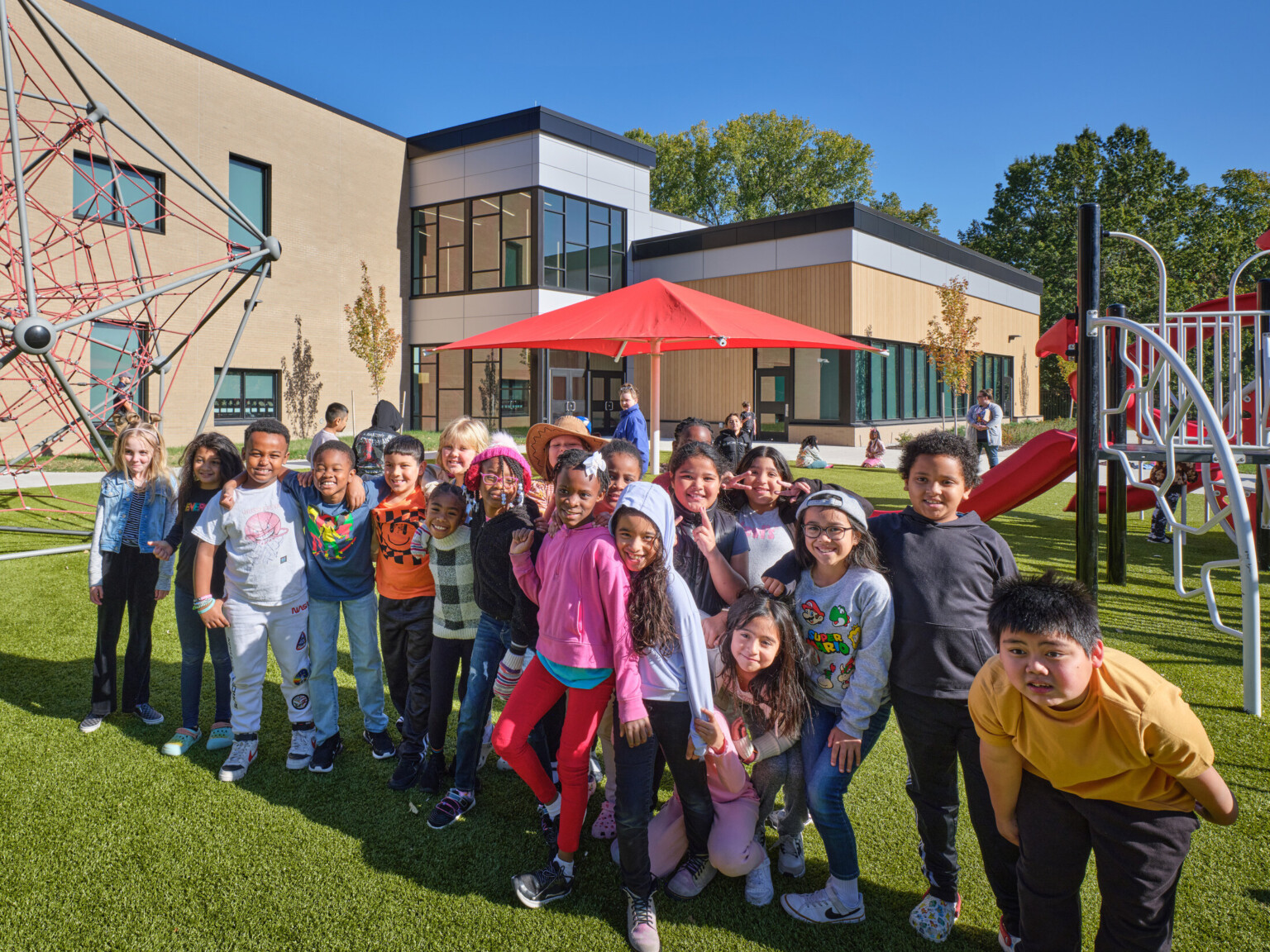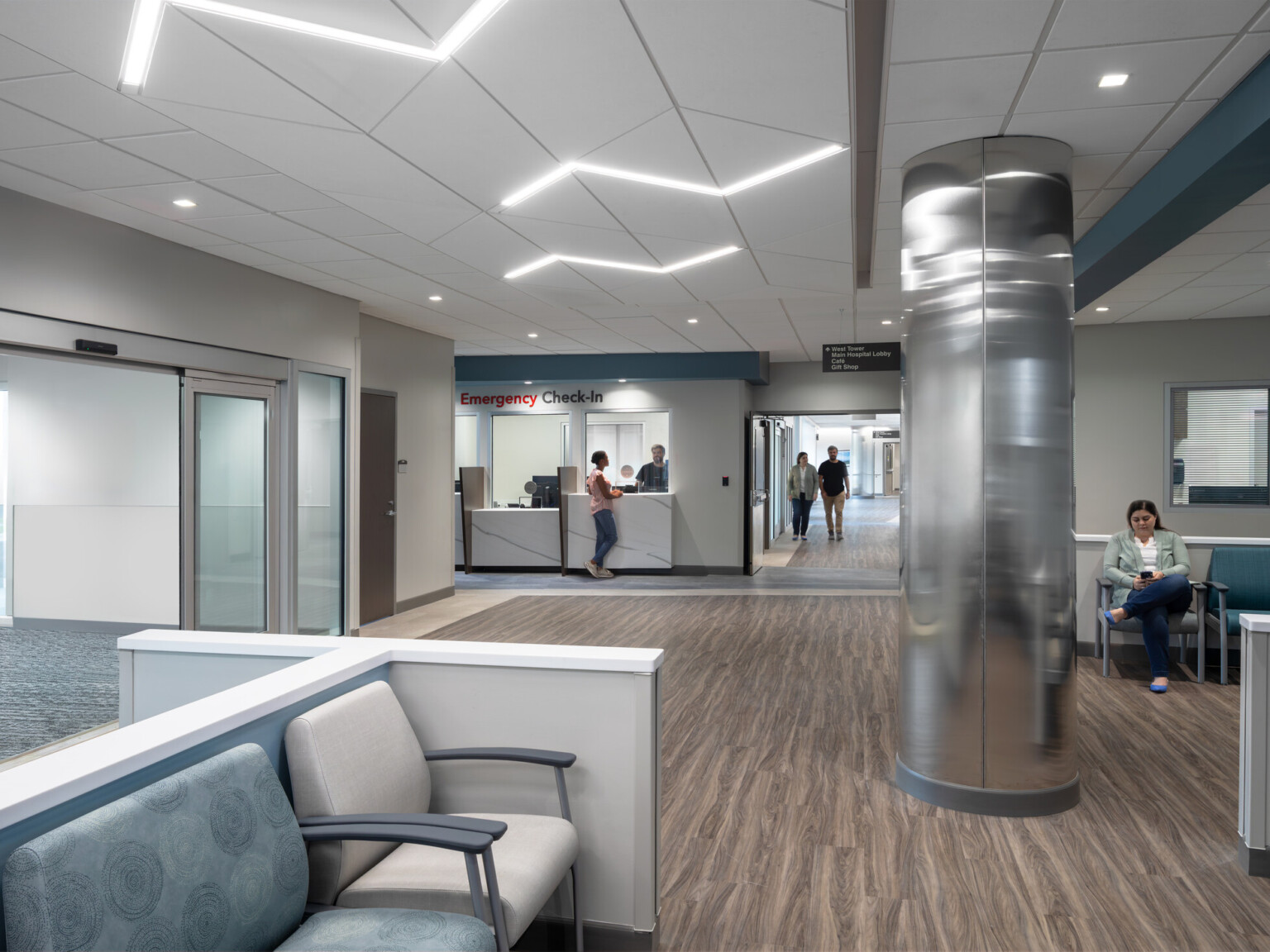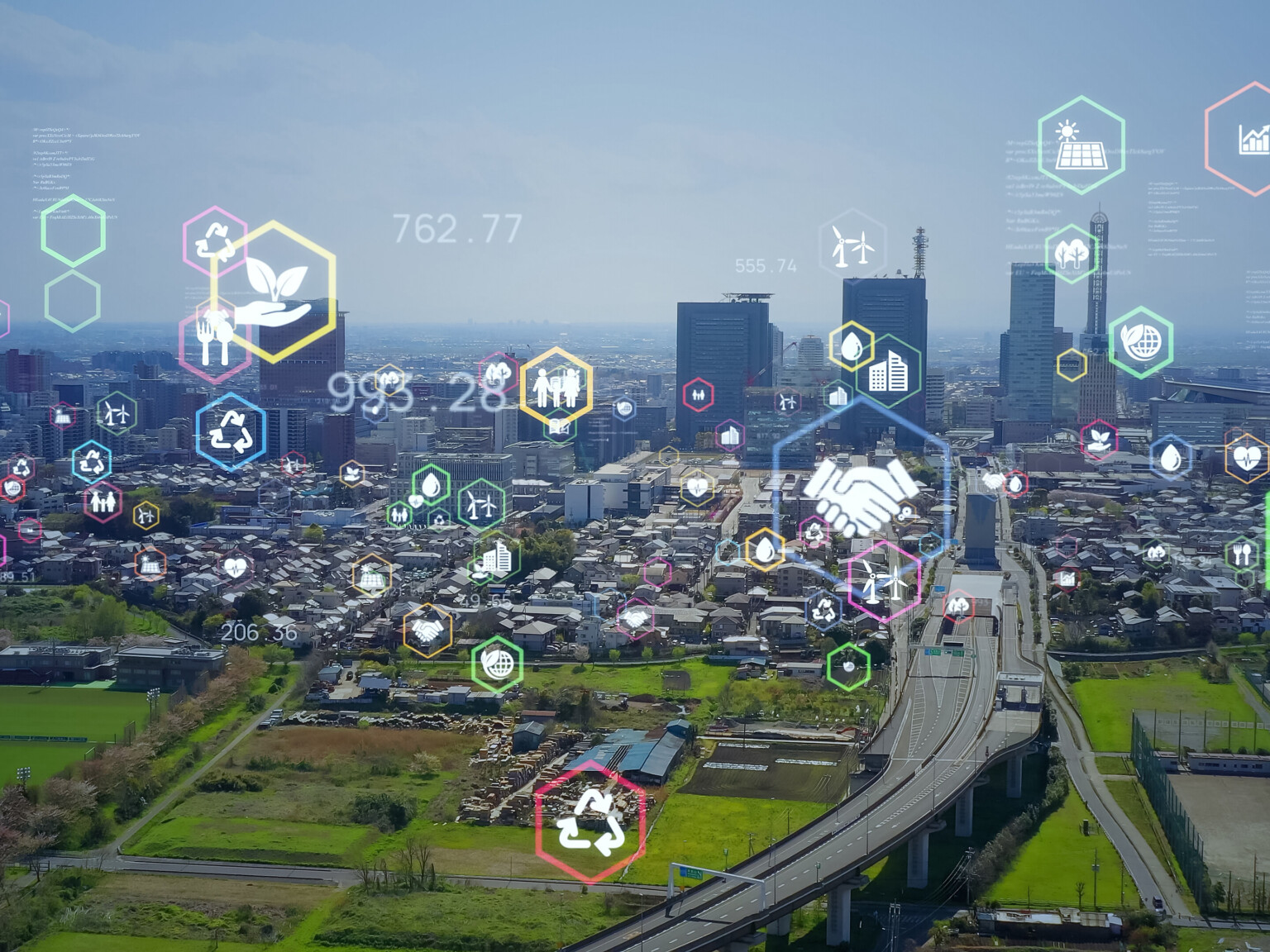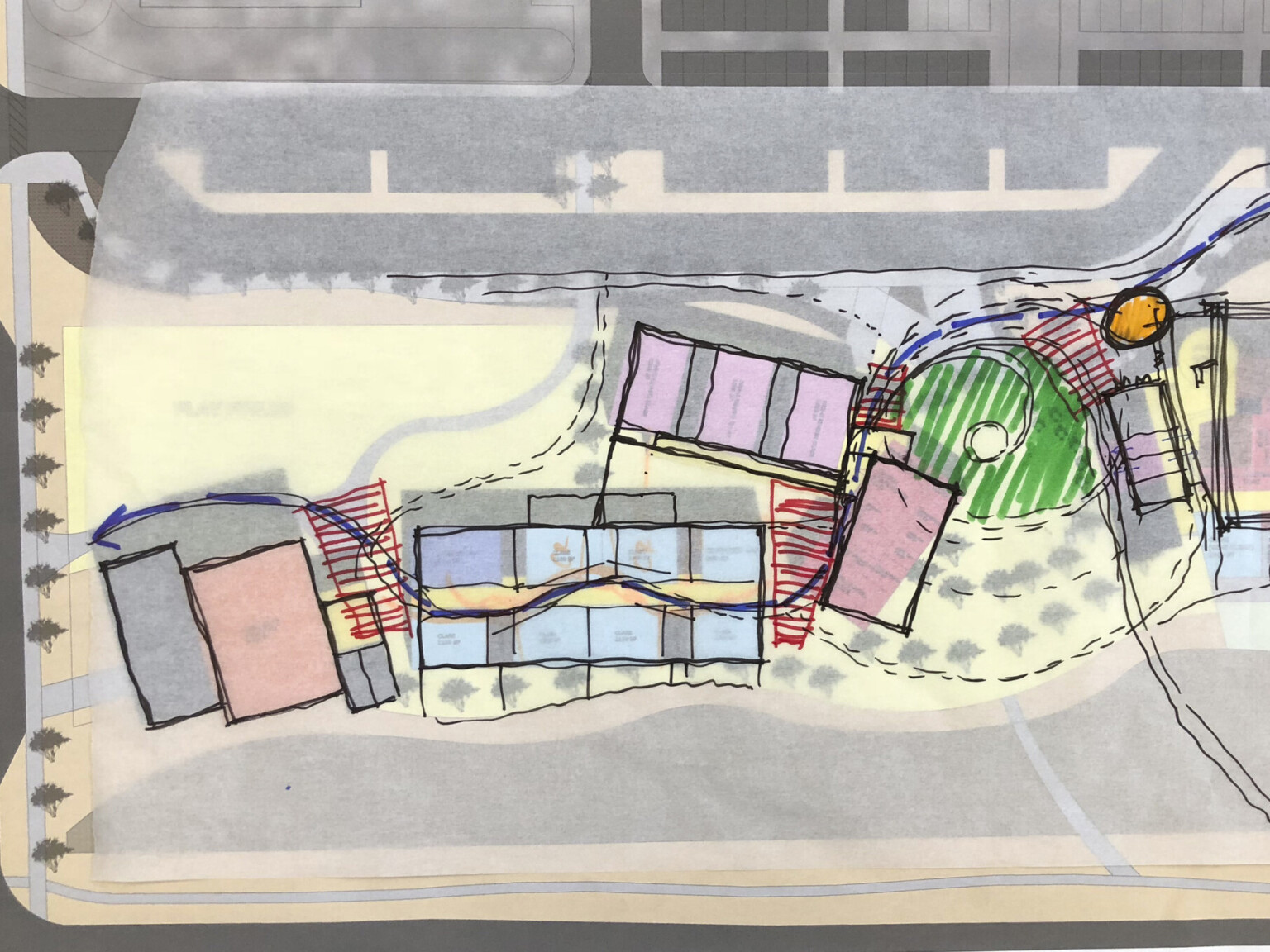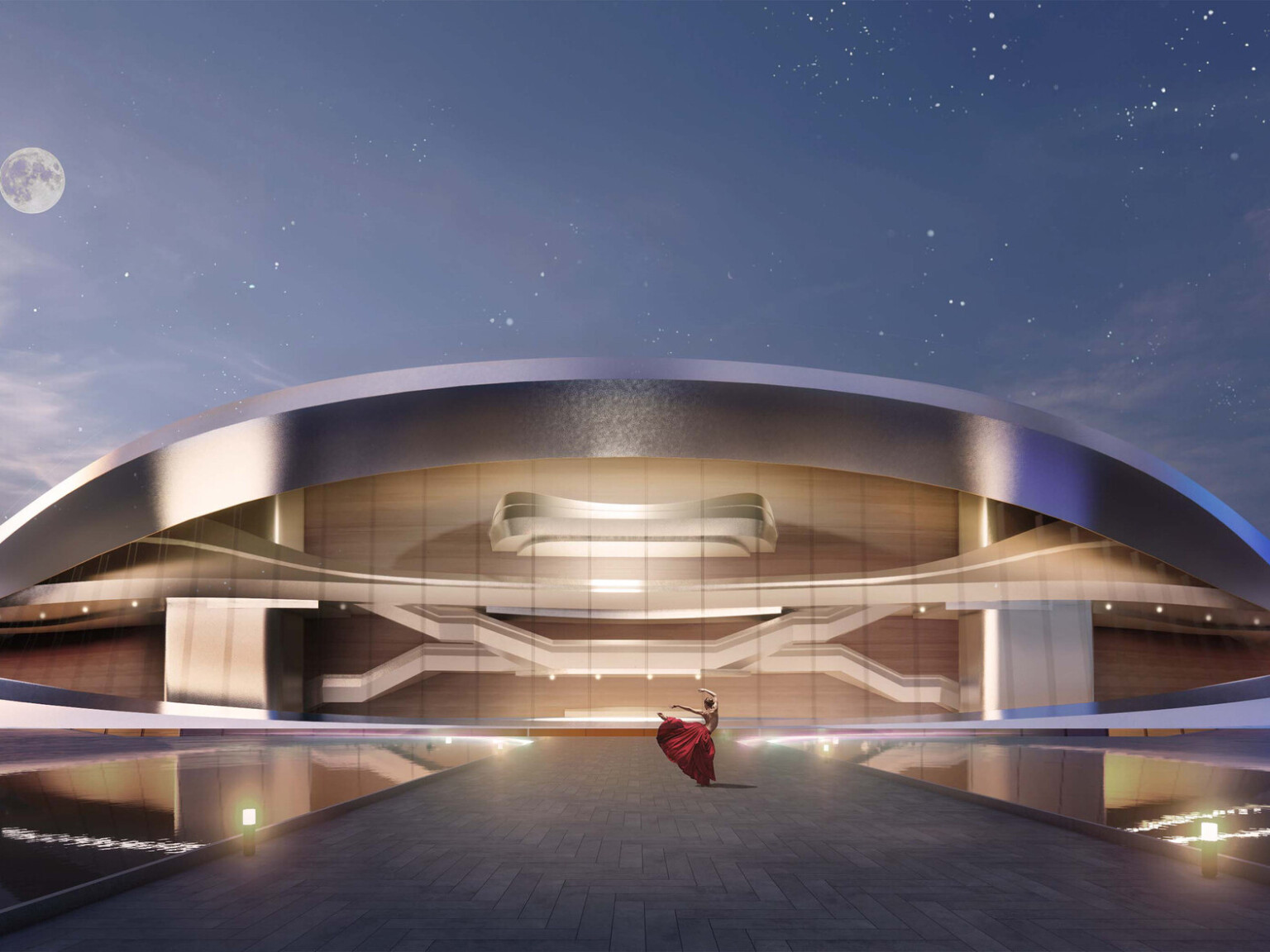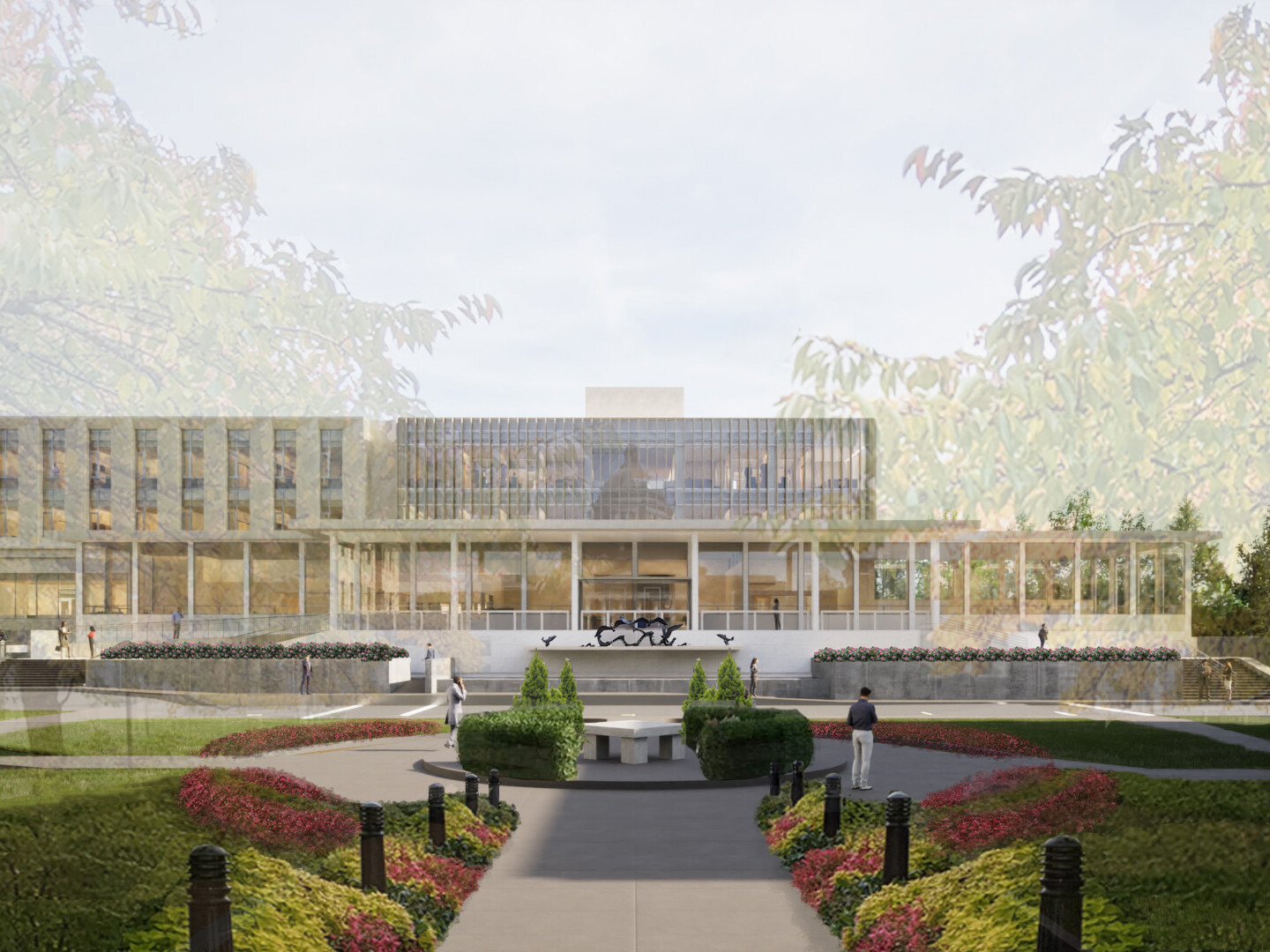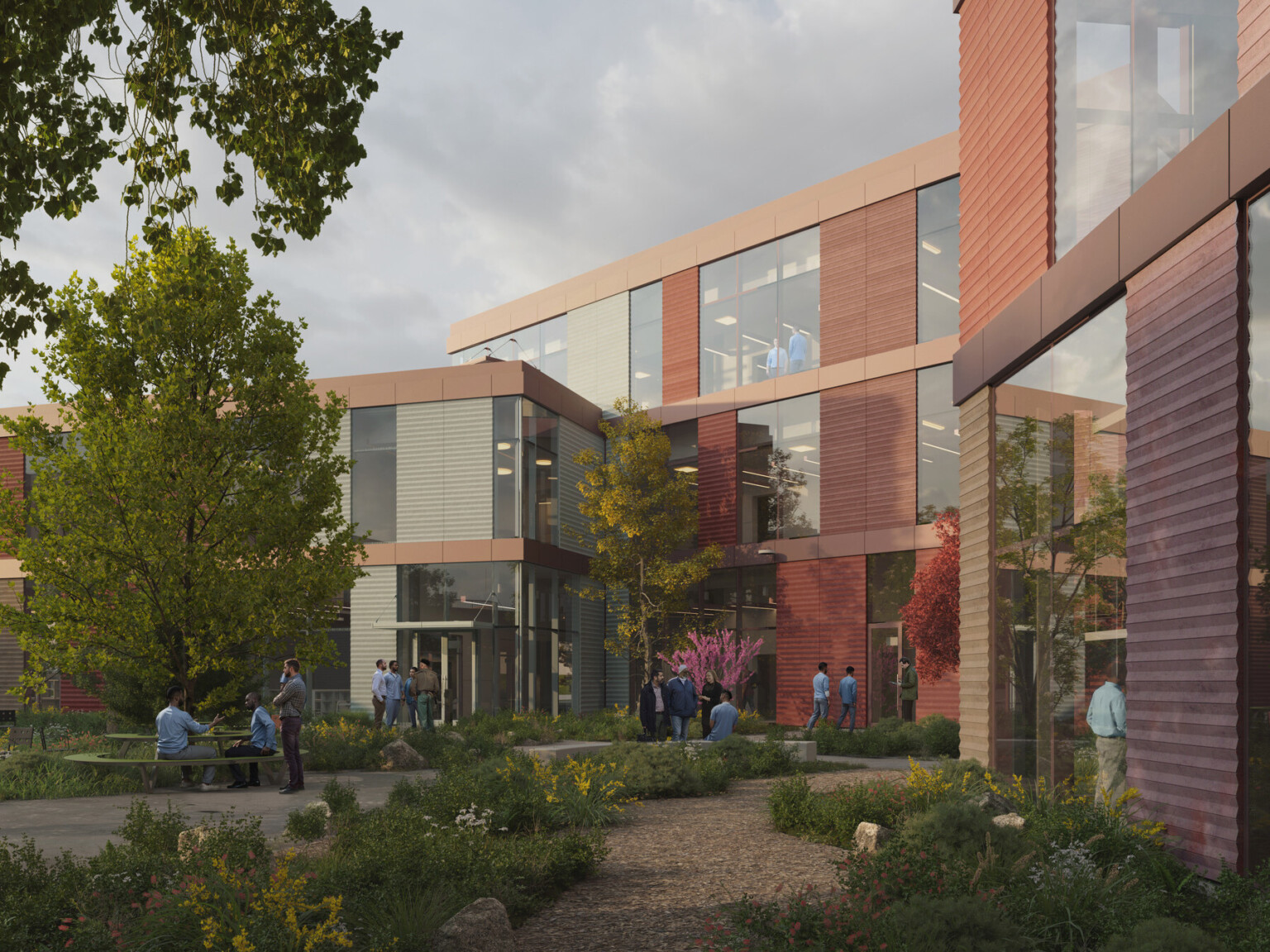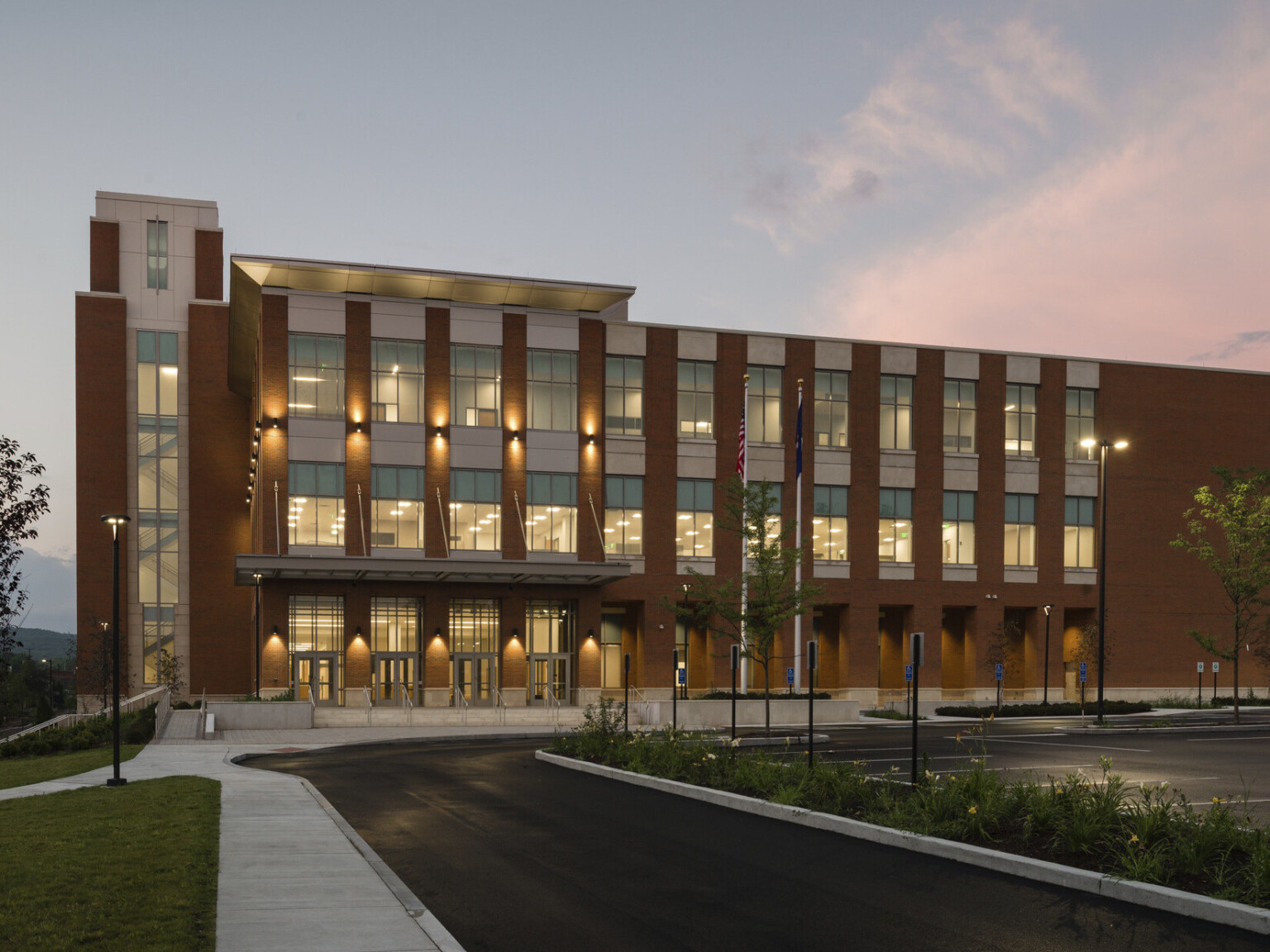
Actions Speak Louder Than Words
As our understanding of sustainability adapts beyond a singular association, we connect it to three main pillars: environmental, economic, and social. True sustainability addresses economic and social systems in addition to ecological ones. Together, these three pillars form a holistic definition to help us balance sometimes conflicting needs.
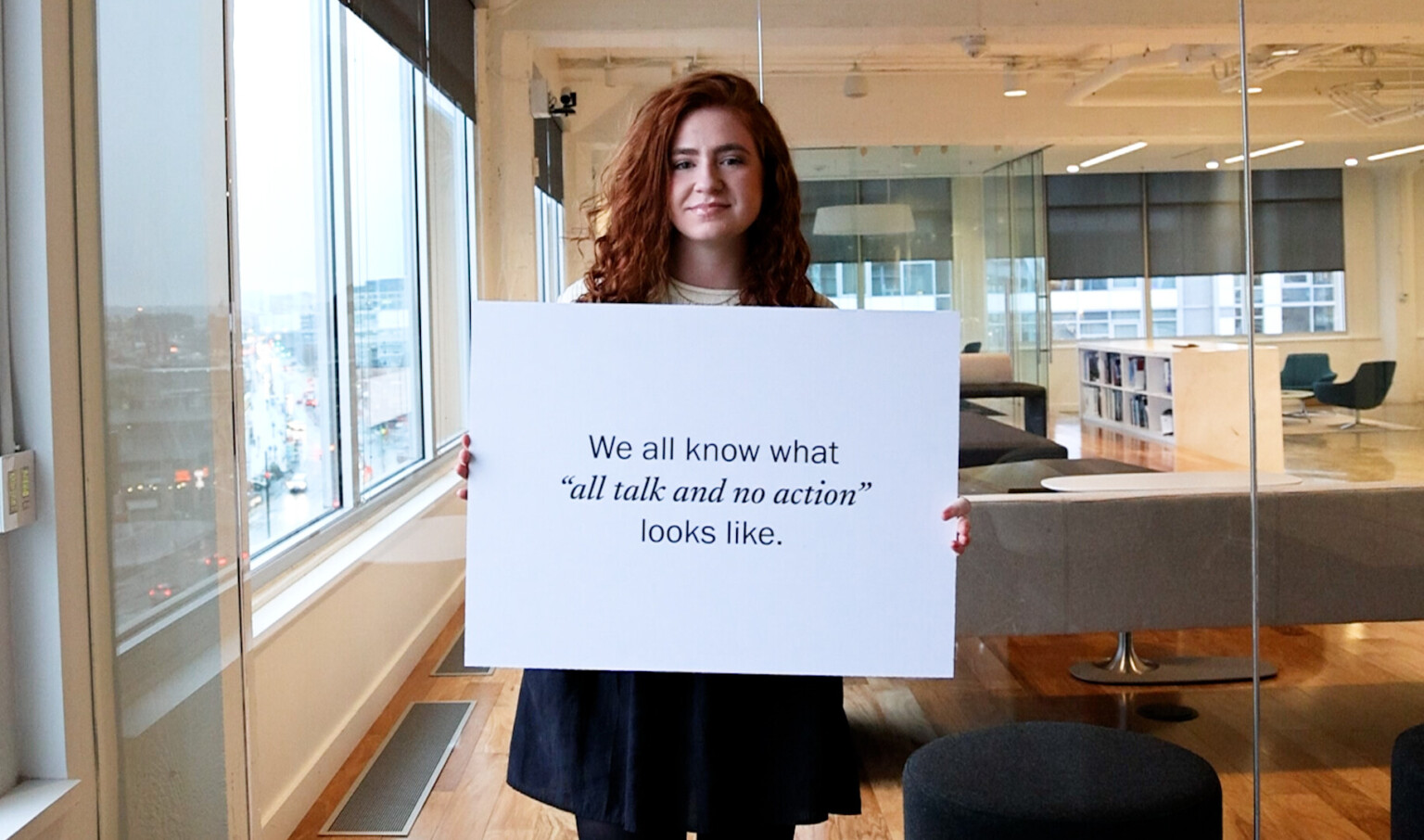
Environmental
The environmental pillar encompasses ecological systems, processes, and the natural resources required to sustain them. Both renewable and non-renewable resources are critical in sustaining life on our planet. We have committed to reducing resource use and encouraging environmental stewardship through a commitment to carbon reduction, and by promoting research and educational efforts that address climate change.
In support, we’ve signed the following commitments towards material transparency and carbon reduction.
- The American Institute of Architect’s 2030 Challenge, which covers both operational and embodied carbon. We bring over a decade of reporting our operational carbon reduction on projects.
- The AIA’s A&D Material Pledge incorporates five topics around the creation and use of materials in projects from human health to the planet we live on.
- The Structural Engineering Institute’s SE 2050 Challenge, which commits to achieving zero net carbon projects by the year 2050.
- The Carbon Leadership Forum’s MEP 2040 Challenge; it commits to decarbonizing embodied and operational building systems by the year 2040.

We’re also helping close information gaps across the design industry. Our clients’ purchasing power was responsible for helping foster the creation or renewal of material reporting from 15 manufacturers across our integrated disciplines this year. This helps us to understand and improve environmental metrics like global warming potential, acidification, eutrophication, water use, renewable energy use and non-renewable energy use, ingredient toxicity, and sourcing. We can only optimize what we know.
And to track transparency of these commitments across projects and clients, we’ve funded our own life-cycle analysis to evaluate things like the structural engineering-specific reporting across design phases. These are projects where perhaps an LCA component was not feasible in the fee or schedule, but could act as “tent poles” to make LCA approachable in future design exercises.
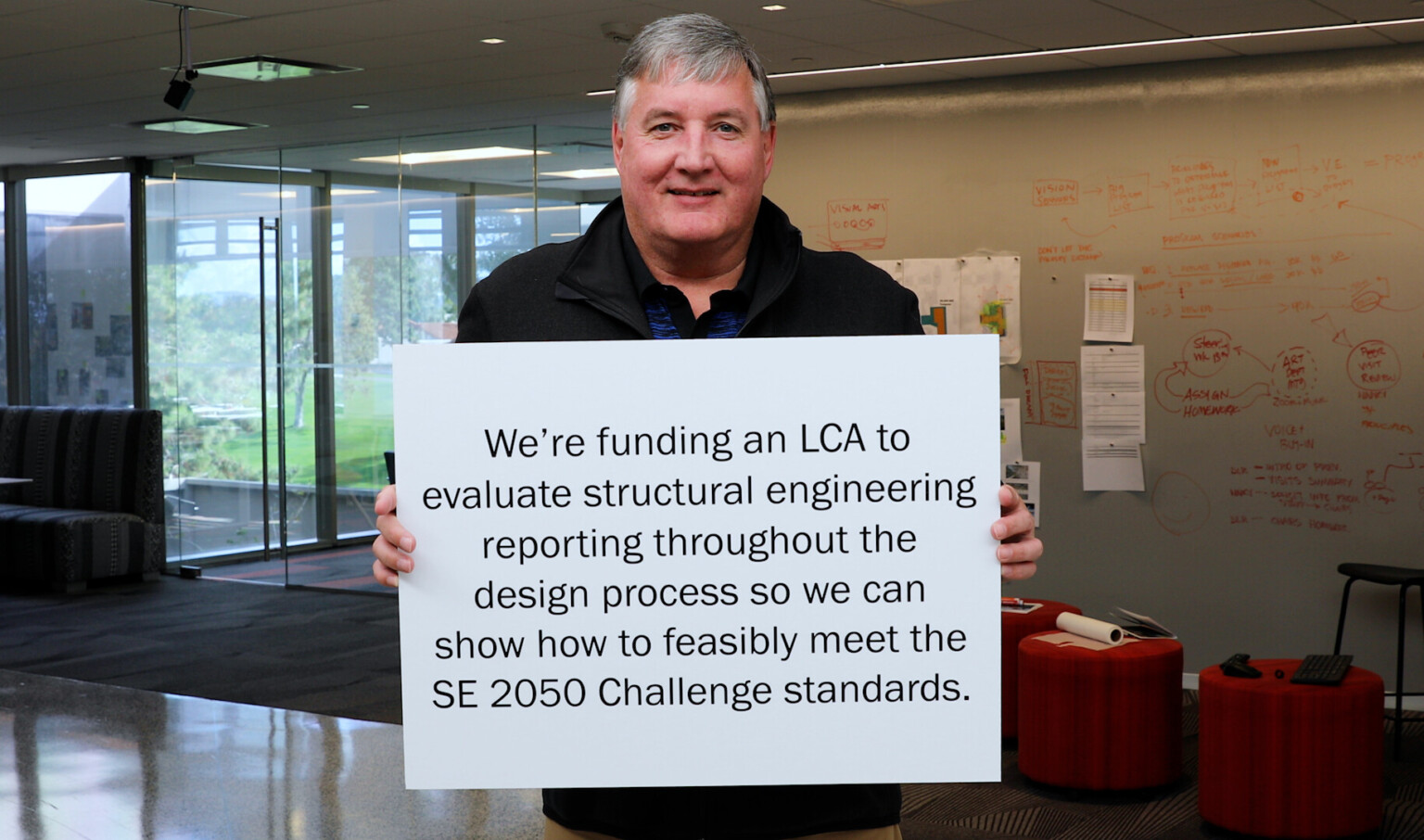
Social
Social sustainability respects and sustains cultures, social systems, and human wellbeing across the world. DLR Group’s design decisions not only have an impact on our community but our neighboring communities, upstream and downstream. Our policies, practices, and initiatives play a role in creating a more socially and climate-just world.
Our client engagement process places a heavy emphasis on our ability to listen to stakeholders, design for problem solving, and deliver to their needs. By engaging face-to-face with the community members in which we’re working – designing with and not simply for people – we’re co-creating a better world, aligning our visions to ensure better outcomes. Projects like the University of Nevada, Reno – University Arts Building and its state-of-the-art facility to the WEST MEC campus which connects students and staff to community and industry, every project is an opportunity to solve beyond the building.
We have dedicated over 10,000 hours of volunteer time to our communities, from food drives to mentorship programs to pro bono work. Some of our pro bono work helped secure some long-overdue historic preservation work on several historically black college and university campuses, which often receive less funding than more prominent schools.
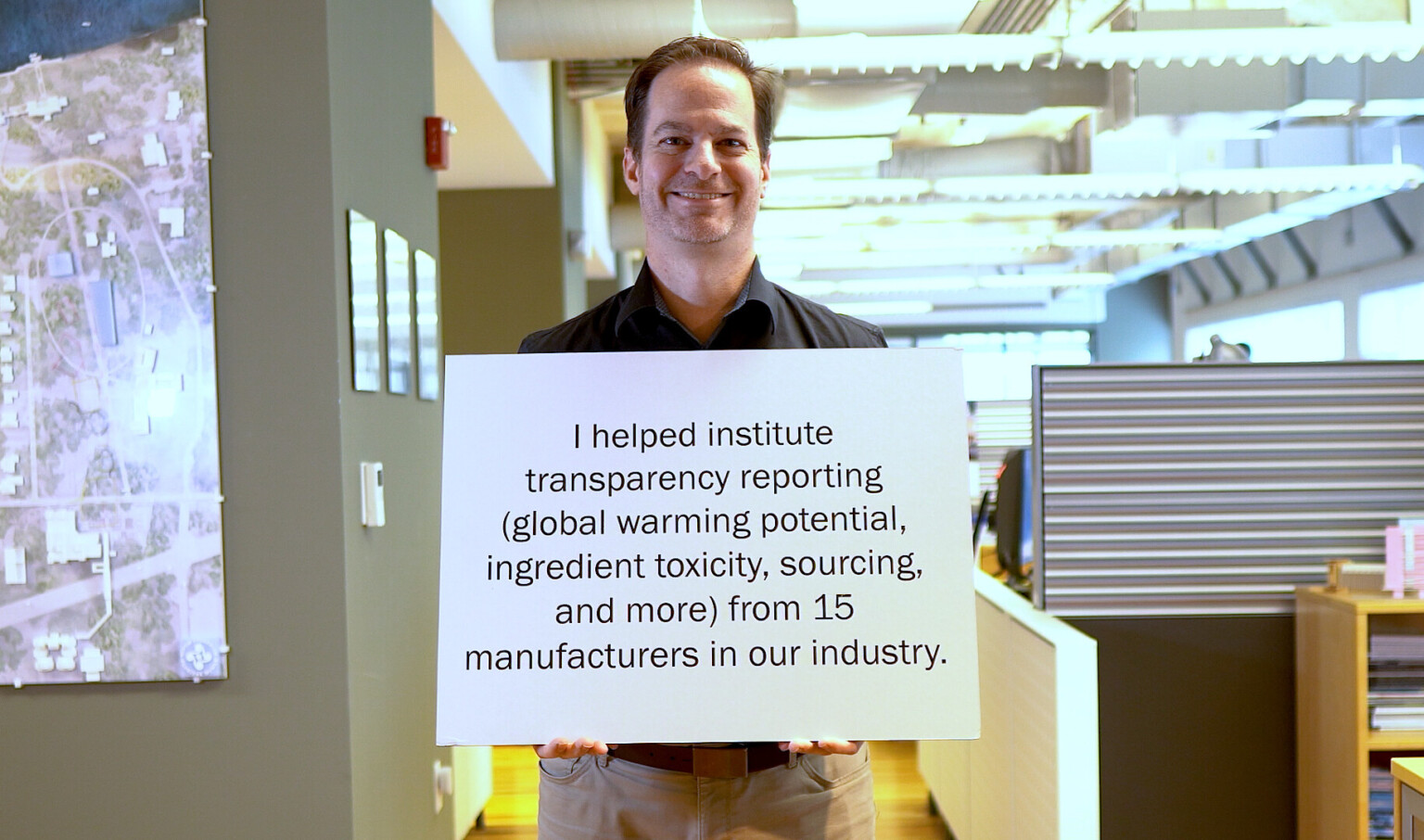
Economic
Economic systems that produce goods and services to enable survival and wellbeing are essential to achieving sustainable development. In a truly sustainable society, individuals should not have to sacrifice economic stability to minimize social and environmental impact.
This year brings a renewed commitment to tracking information like procurement with distance to site top of mind. We’re piloting several materials vetting initiatives, across disciplines, to prove the first-hand realities of market and geographically specific vetting today. How we stay informed on supply chain and sourcing opportunities, and how vetting is related to social and environmental health, matters.
We’re helping clients make fiscally responsible choices and revive communities, by adapting existing buildings and reusing core and shell architecture to meet needs for changing neighborhoods. The Maricopa County Attorney’s Office adapted a disused county jail structure in record time, save $70 million and 67 million pounds of steel and concrete from landfills. To the East, in North Kansas City, an adapted grocery store in a strip mall helped a district deliver universal pre-K to its district. And they already have plans to purchase more empty real estate in the same strip mall to expand facilities for its students, teachers, and staff.
As an initial signatory of the 2030 Challenge, we know what it means to sign on the dotted line and commit to finding a better way. Much like the 2030 Challenge has expanded beyond operational carbon, we, too, are thinking bigger and reaching further.
Sustainability Action Plan
To hold ourselves accountable to the best possible outcomes of our design choices, we’ve committed to industry initiatives and a sustainability action plan.
Click to download and view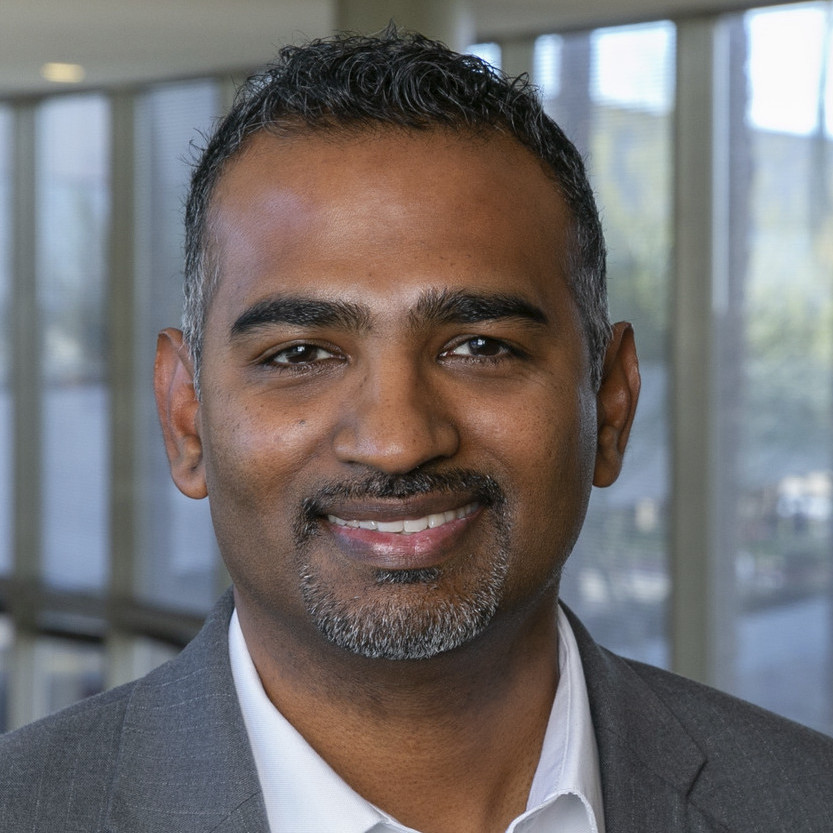
Heather Hughes, AIA, LEED AP BD+C contributed to this article.
